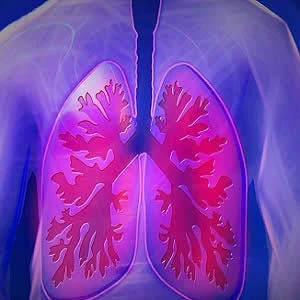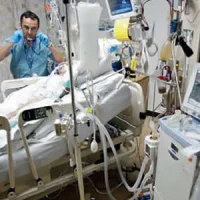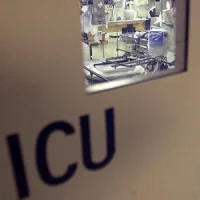A number of supportive therapies have reduced mortality in acute respiratory distress syndrome (ARDS), including lung-protective mechanical ventilation, neuromuscular blockade, and prone positioning. Fluid-conservative therapy has also increased ventilator-free days in patients with ARDS. However, the lack of success of pharmacological therapies for ARDS presents a continued challenge in the field, according to a review article published in The Lancet Respiratory Medicine.
ARDS was first described as a clinical syndrome in 1967, but major progress in improving clinical outcomes did not occur until 33 years later when a large clinical trial of lung protective ventilation reported a significant reduction in mortality. The NHLBI ARDSNet trial used a low tidal volume (6 mL/kg predicted bodyweight), plateau pressure-limited (<30 cm H2O) ventilator strategy in 861 patients and reduced ARDS mortality from 40% to 31% compared with a more traditional higher tidal volume strategy. Further progress has been achieved with therapies that optimise the benefit of lung protective ventilation.
ARDS is a syndrome of pulmonary oedema and inflammation that often includes non-pulmonary organ dysfunction, but the primary objective of most clinical trials has been to reduce the magnitude of lung injury and oedema and accelerate resolution of respiratory failure, resulting in more ventilator-free days and reduced mortality.
By contrast with supportive therapies, article authors note that pharmacological interventions have yet to improve clinical outcomes in ARDS. More than 20 large multicentre clinical trials have tested pharmacological interventions for ARDS; however, none has shown a clear benefit. Systemic glucocorticoids have been the focus of several trials without clear-cut efficacy.
One approach to clinical trials in ARDS has been to target prevention and early treatment rather than treatment of established ARDS. However, a major challenge for the early treatment approach is the need to have a well organised team of investigators in the emergency department who can rapidly identify, consent, and randomise eligible patients, such as in the French trial of oxygen delivery methods, according to the authors.
Clinical and biological heterogeneity needs to be reduced in ARDS clinical trials to improve targeting of potential treatments.
"In view of the heterogeneity in ARDS, both prognostic and predictive enrichment strategies are needed that target therapies toward specific subgroups of patients with ARDS on the basis of both severity and biology. Approaches to reducing heterogeneity in ARDS clinical trials include using physiological, radiographic, and biological criteria to select patients for both phase 2 and 3 trials." the authors write.
Additionally, interest is growing in the design of preventive clinical trials in ARDS and to initiate early treatment of patients with acute lung injury before the need for endotracheal intubation.
Novel therapeutic approaches for clinical trials in patients with ARDS that are currently being tested include cell-based therapy and combination therapies that target more than one aspect of pathophysiology.
Source: The Lancet Respiratory Medicine
Image Credit: Pixabay










